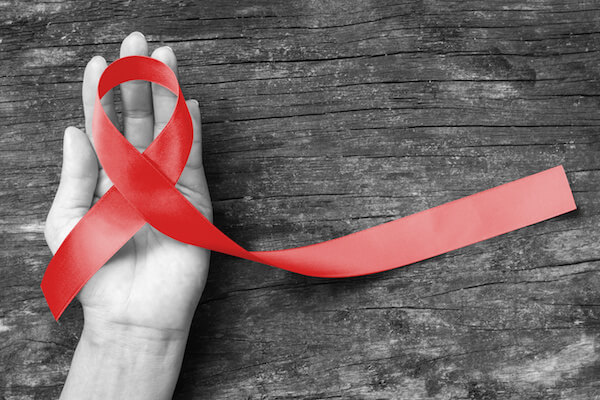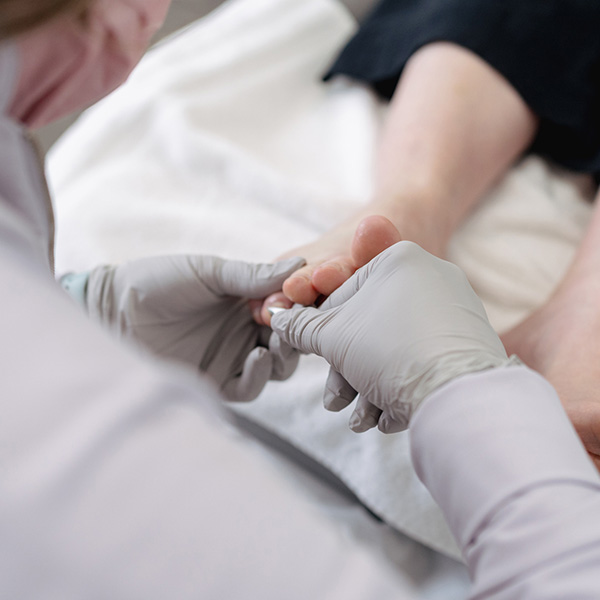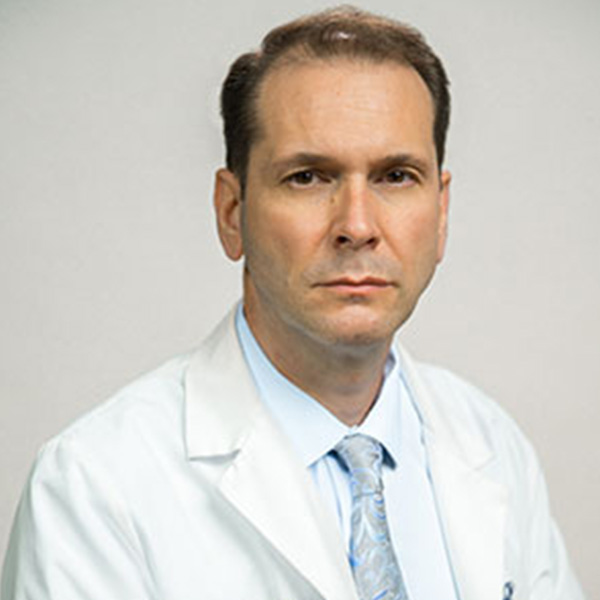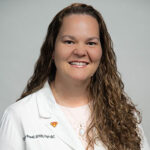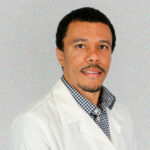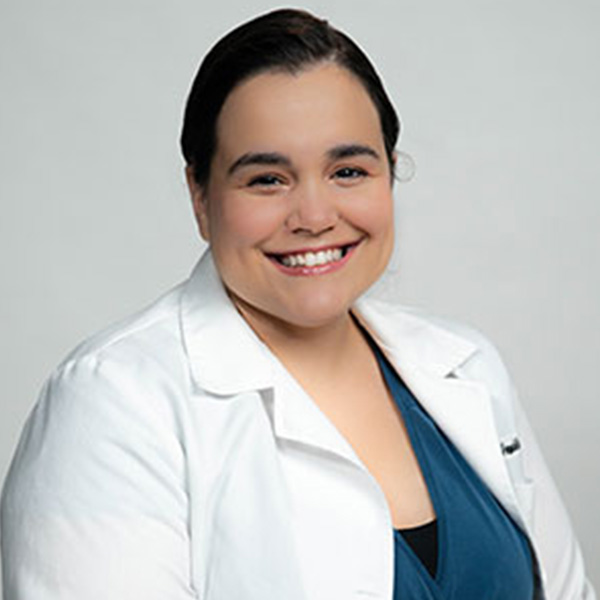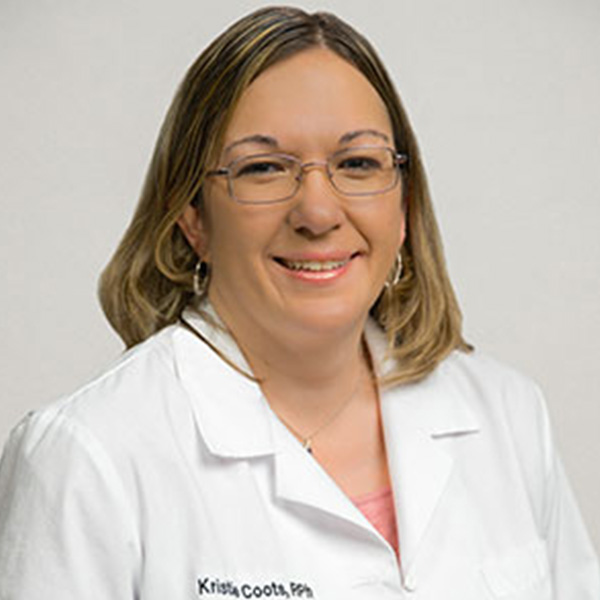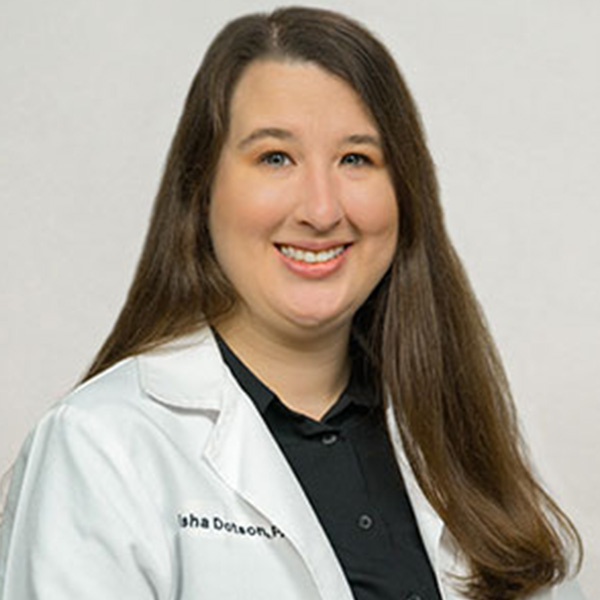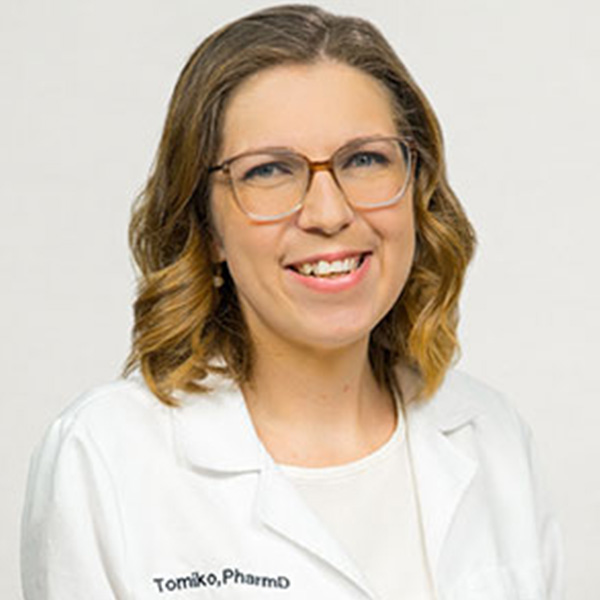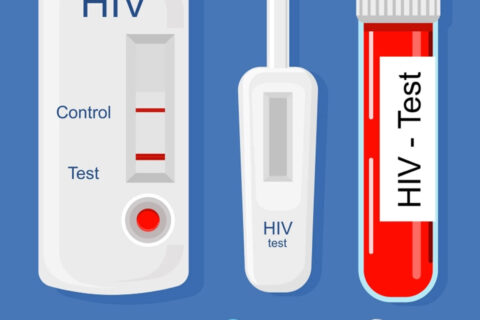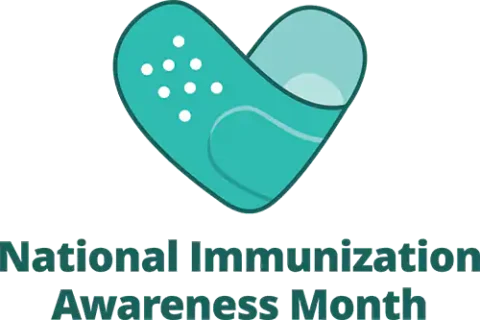December Is AIDS Awareness Month
December 1st is World AIDS Day, so we use this opportunity to take action, educate, and show support for those living with HIV.
- We use the month of December to raise awareness about the continued effect HIV and AIDS has on our communities.
- We honor the memory of those who have passed away and work diligently to support those living with HIV.
- We celebrate the impact of better medicines available to more people and improved prevention services.
What Is the Purpose of World AIDS Day?
World AIDS Day is a global initiative designed with four basic purposes in mind.
- Increase awareness
- Raise money
- Improve education about HIV and AIDS
- Fight prejudice
What Can We Do Locally?
Open the conversation by wearing a red ribbon in support of HIV awareness. Invite people to talk about why you choose to wear a red ribbon. Learn about health clinics and locations in your area that offer free or reduced cost HIV testing and encourage people in your community to undergo HIV testing. Educate parents about the importance of discussing safe sex practices with their children.
What Is HIV?
Human Immunodeficiency Virus is a virus without a cure. The virus attacks CD4 (T) cells, thereby weakening the immune system and the person’s ability to fight against disease and infection. As the body’s immune system weakens, it allows opportunistic infections or cancers to take hold.
HIV is transmitted through certain body fluids, including blood and semen. People between the ages of 15 and 65 should get tested at least once, but some people may need to undergo routine testing. Number of sex partners, unprotected sex, IV drug use, and other risky behaviors can increase the likelihood of HIV infection. If you question whether you’ve been exposed to HIV, the only way to determine if you are HIV positive is through testing.
Alarming Statistics
World AIDS Day and AIDS Awareness Month are important because they serve to remind us that HIV has not disappeared.
- According to AIDS.gov, one in five of the people infected with HIV do not know they are infected.
- The United States has seen an increase in the total number of HIV positive people.
- More than one million Americans live with HIV.
- Someone new is infected every 9.5 minutes in the United States. That’s about 37,600 people per year.
- Approximately 37 million people live with HIV around the world.
Positive News on the Treatment Front
Thanks to ART (antiretroviral therapy), quality and length of life have dramatically improved for those people who are HIV positive. At the beginning of the AIDS epidemic in the 1980s, people did not usually live more than 10 years after contracting HIV. ART has a ripple effect as it prevents the virus from multiplying. The immune cells live longer, thereby allowing the body to fight off non-HIV related illnesses more effectively. Since the number of HIV cells is kept relatively low with ART, it actually helps reduce the rate of transmission. Life expectancy for someone who diligently follows their treatment plan is close to that of someone living without HIV.
Prevention Is Key
Abstaining from sex is your best bet in preventing HIV transmission. For those who are sexually active, consistent condom use is vital to reduce the risk of getting HIV. Limit the number of people you are intimate with to limit possible exposure.
For some people, PrEP (pre-exposure prophylaxis) may be wise. PrEP uses anti-HIV medications as preventatives in people who are still HIV negative. Talk to your doctor at Brevard Health Alliance about PrEP if you know your behaviors put you at a higher risk for HIV exposure. PrEP can reduce the risk of HIV infection by up to 90%.
At Brevard Health Alliance, we provide patient education opportunities, community outreach, HIV testing services, and long-term treatment plans. We seek to promote prevention of HIV transmission in multiple ways. Teaching patients about safe sex practices and encouraging them to limit risky behaviors can have a lasting impact on patient health. By talking openly to reduce the stigma surrounding HIV infection, many people are surprised to learn how effective antiretroviral therapy is in keeping HIV in check.
